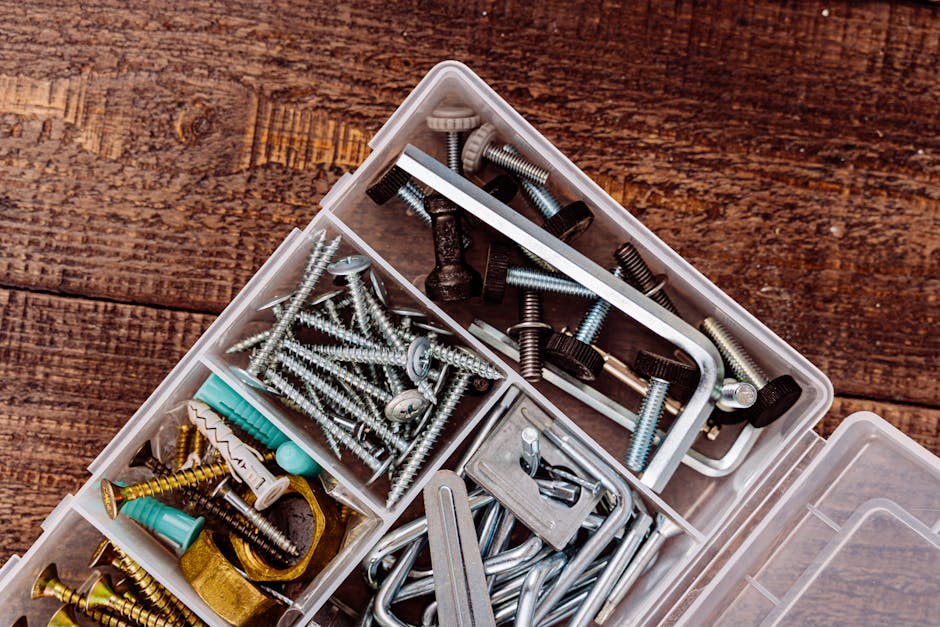Building a Secure Wi-Fi Network: A Step-by-Step Tutorial
In our increasingly connected world, a secure Wi-Fi network is as essential as the walls of your home. It protects your data, keeps unwanted guests out, and ensures your digital life remains private. If you’re ready to fortify your Wi-Fi, read on for a comprehensive guide on building a secure network from scratch. 🛡️
Table of Contents
1. Understanding the Basics of Wi-Fi Security
2. Choosing the Right Hardware
3. Setting Up Your Router Securely
4. Enhancing Security with Advanced Settings
5. Maintaining Your Wi-Fi Security
Understanding the Basics of Wi-Fi Security 🧠
Before diving into the nitty-gritty, let’s cover some Wi-Fi security fundamentals. The primary goal is to protect your network from unauthorized access and ensure your data is safe. This involves using strong passwords, encryption, and keeping your network settings updated.
Choosing the Right Hardware 🛒
Your journey to a secure Wi-Fi network begins with selecting the right equipment. Here are a few tips:
1. Opt for a Modern Router: Ensure it supports WPA3, the latest Wi-Fi security protocol.
2. Consider a Mesh System: If you have a large home, a mesh system can provide better coverage and security.
Investing in quality hardware is the first step towards a secure network.
Setting Up Your Router Securely 🔧
Once you have your equipment, it’s time to set it up securely. Here’s how:
1. Change Default Credentials: Always change the default username and password of your router. This is the first line of defense against intruders.
2. Enable Network Encryption: Use WPA3 encryption if available, or WPA2 as a fallback. This encrypts your data, making it harder for hackers to intercept.
3. Create a Strong Wi-Fi Password: Make it long, complex, and unique. Avoid using easily guessable information.
Enhancing Security with Advanced Settings ⚙️
To take your security up a notch, consider these advanced settings:
1. Disable WPS: While convenient, it can be a security risk. Turn it off to prevent unauthorized access.
2. Set Up a Guest Network: Keep guests on a separate network to protect your main Wi-Fi network.
3. Enable Firewall: Most routers have a built-in firewall. Ensure it’s enabled to add an extra layer of protection.
Maintaining Your Wi-Fi Security 🔄
Security isn’t a one-time setup; it requires regular maintenance. Here’s what you can do:
1. Regularly Update Firmware: Keep your router’s firmware up to date to patch vulnerabilities.
2. Monitor Connected Devices: Regularly check for unknown devices on your network and disconnect them if necessary.
3. Change Passwords Periodically: Change your Wi-Fi password every few months to keep potential intruders off guard.
Conclusion: Stay Secure, Stay Connected 🌐
Building a secure Wi-Fi network doesn’t have to be daunting. By understanding the basics, choosing the right hardware, and maintaining good security habits, you can protect your digital life with confidence. Remember, a secure network is a happy network! 😊
FAQs 🤔
Q1: What is the most secure Wi-Fi encryption method?
A1: WPA3 is the latest and most secure encryption method available for Wi-Fi networks.
Q2: How often should I update my router’s firmware?
A2: It’s advisable to check for updates every few months or enable automatic updates if your router supports it.
Q3: Can I secure my Wi-Fi without a password?
A3: No, using a strong password is crucial for securing your Wi-Fi network against unauthorized access.
Q4: Why should I disable WPS on my router?
A4: WPS can be vulnerable to hacking attempts, so disabling it adds an extra layer of security to your network.
Q5: How do I know if someone is using my Wi-Fi without permission?
A5: Check your router’s admin interface for a list of connected devices. If you see unfamiliar devices, change your Wi-Fi password immediately.





